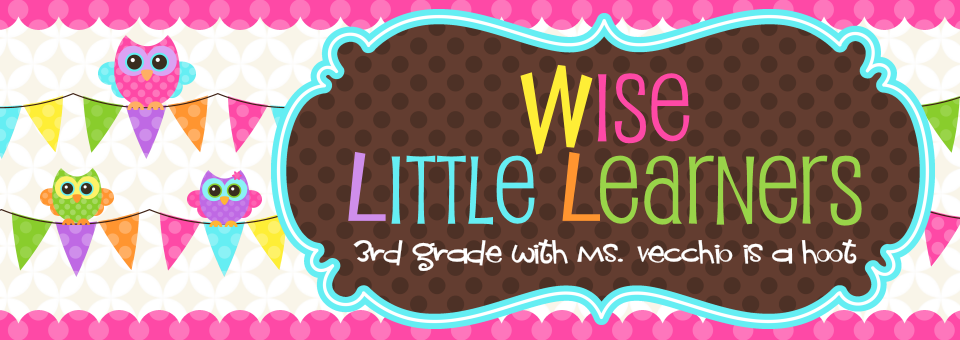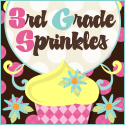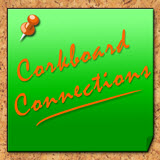- Math Open Reference (Excellent free interactive website for teaching points, lines, rays, polygons, diagonals, concave vs. convex, interior angles, quadrilaterals, triangles, circles, transformations, and more!)
- Area and Perimeter Demo
- Interactive Geoboard
- Using Area and Perimeter
Sunday, February 10, 2013
GEOMETRY PRACTICE

Wednesday, February 6, 2013
Science Links
At Home
"SCIENCE EXPERIMENTS" (always get your parents permission )
- EXPERIMENT: Bottled Tornado
- EXPERIMENT: Catch a Rainbow
- EXPERIMENT: Colored Carnations
- EXPERIMENT: Cornstarch Suspension
- EXPERIMENT: Eggs with Soft Shells
- EXPERIMENT: How Do Seeds Grow?
- EXPERIMENT: How Does Mold Grow?
- EXPERIMENT: Knotted Bones
- Study These Science Facts:
- SCIENCE FACTS: Autumn Leaves
- SCIENCE FACTS: Color Wheel
- SCIENCE FACTS: Five Senses
- SCIENCE FACTS: Planets
- SCIENCE FACTS: Polygraphs
- SCIENCE FACTS: Tree
- SCIENCE FACTS: The Water Cycle

Friday, February 1, 2013
practice common core math activities each night
Gain familiarity with factors and multiples
4.OA4
Find all factor pairs for a whole number in the range 1-100. Recognize that a whole number is a multiple of each of its factors. Determine whether a given whole number in the range 1-100 is a multiple of a given one-digit number. Determine whether a given whole number in the range 1-100 is prime or composite.
4.OA4
Find all factor pairs for a whole number in the range 1-100. Recognize that a whole number is a multiple of each of its factors. Determine whether a given whole number in the range 1-100 is a multiple of a given one-digit number. Determine whether a given whole number in the range 1-100 is prime or composite.
 |
Generate and analyze patterns
4.OA5
Generate a number or shape pattern that follows a given rule. Identify apparent features of the pattern that were not explicit in the rule itself. For example, given the rule “Add 3” and the starting number 1, generate terms in the resulting sequence and observe that the terms appear to alternate between odd and even numbers. Explain informally why the numbers will continue to alternate in this way.
Possible Activities:
Square Numbers
Triangular Numbers
4.OA5
Generate a number or shape pattern that follows a given rule. Identify apparent features of the pattern that were not explicit in the rule itself. For example, given the rule “Add 3” and the starting number 1, generate terms in the resulting sequence and observe that the terms appear to alternate between odd and even numbers. Explain informally why the numbers will continue to alternate in this way.
Possible Activities:
Square Numbers
Triangular Numbers
4th GRADE NUMBER ACTIVITIES: NUMBER AND OPERATIONS IN BASE TEN
Generalize place value understanding for multi-digit whole numbers
4.NBT1 Recognize that in a multi-digit whole number, a digit in one place represents ten times what it represents in the place to its right. For example, recognize that 700÷70=10 by applying concepts of place value and division.
Place Value Problems
Place Value Chart
4.NBT2 Read and write multi-digit whole numbers using base-ten numerals, number names, and expanded form. Compare two multi-digit numbers based on meanings of the digits in each place, using >, =, and < symbols to record the results of comparisons.
4.NBT1 Recognize that in a multi-digit whole number, a digit in one place represents ten times what it represents in the place to its right. For example, recognize that 700÷70=10 by applying concepts of place value and division.
Place Value Problems
Place Value Chart
4.NBT2 Read and write multi-digit whole numbers using base-ten numerals, number names, and expanded form. Compare two multi-digit numbers based on meanings of the digits in each place, using >, =, and < symbols to record the results of comparisons.

Numbers of the week:
4,983 and 678,932
challenge: 6,987,301
challenge: 6,987,301

practice your common core strand:
4th GRADE NUMBER ACTIVITIES: OPERATIONS AND ALGEBRAIC THINKING
Numbers of the Week for homework!
Use the four operations with whole numbers to solve problems
4.OA1 Interpret a multiplication equation as a comparison, e.g., interpret 35 = 5 x 7 as a statement that 35 is 5 times as many as 7 and 7 times as many as 5. Represent verbal statements of multiplicative comparisons as multiplication equations.
Possible Activities:
Representing Multiplicative Comparison Problems
4.OA2 Multiply or divide to solve word problems involving multiplicative comparison, e.g., by using drawings and equations with a symbol for the unknown number to represent the problem, distinguishing multiplicative comparison from additive comparison.
Possible Activities:
Sample Multiplicative Comparison Problems
4.OA3 Solve multistep word problems posed with whole numbers and having whole-number answers using the four operations, including problems in which remainders must be interpreted. Represent these problems using equations with a letter standing for the unknown quantity. Assess the reasonableness of answers using mental computation and estimation strategies including rounding.
4.OA1 Interpret a multiplication equation as a comparison, e.g., interpret 35 = 5 x 7 as a statement that 35 is 5 times as many as 7 and 7 times as many as 5. Represent verbal statements of multiplicative comparisons as multiplication equations.
Possible Activities:
Representing Multiplicative Comparison Problems
4.OA2 Multiply or divide to solve word problems involving multiplicative comparison, e.g., by using drawings and equations with a symbol for the unknown number to represent the problem, distinguishing multiplicative comparison from additive comparison.
Possible Activities:
Sample Multiplicative Comparison Problems
4.OA3 Solve multistep word problems posed with whole numbers and having whole-number answers using the four operations, including problems in which remainders must be interpreted. Represent these problems using equations with a letter standing for the unknown quantity. Assess the reasonableness of answers using mental computation and estimation strategies including rounding.

Subscribe to:
Posts (Atom)







